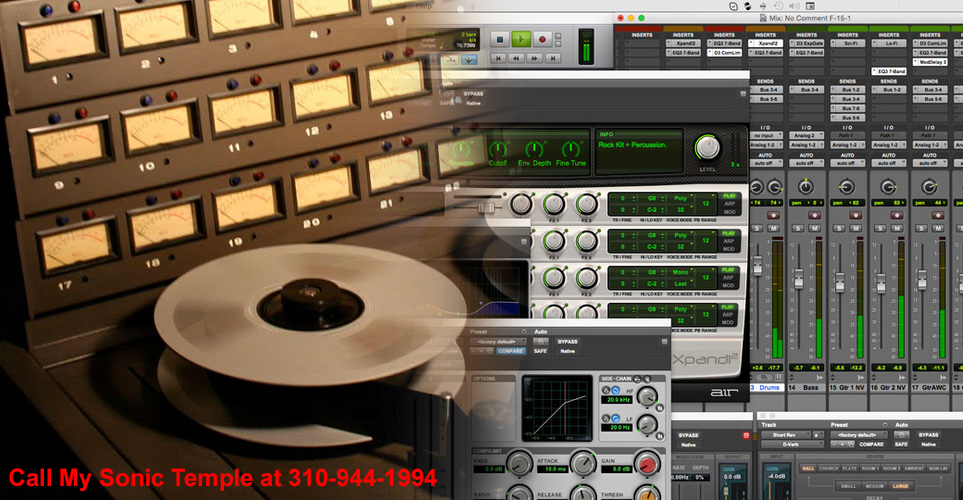Clients often ask me which is better, analog or digital? 20 years ago I would have said analog, without hesitation. However, a lot has happened in the past 20 years in terms of Digital Audio Workstation and plugin development. Companies such as Universal Audio and Softube have really pushed the envelope, emulating analog equipment and circuitry. Successfully so. The results are real ear openers, and this is coming from someone who grew up in analog recording studios.
The signal chain
In the end it all comes down to your signal chain, most of which is still made from the good old analog stuff: the voice, the room/ambience, the microphone and placement of it, the pre-amp, the compressor, the AD/DA converter, the sample rate, the plugins you are using in mixdown and mastering, and last not least the engineer doing the recording. If you take great care of the components of your signal chain, the results will speak for themselves. Of course we shouldn’t forget to make sure to get the best performance from the artist.
High definition recording
Unlike most Los Angeles recording studios, here at My Sonic Temple, HD is not the exception but the rule. All our sessions are run in 96KHz for higher sound clarity, unless otherwise requested by the client. Our signal chain is comprised of only the best equipment and software on the market. We use Neumann, AEA and AKG microphones, Demeter tube pre amps and Plugin Alliance and UAD plugins. Our crown jewel is the renowned Burl B-80 “Mothership” for 16 channels of pristine AD/DA conversion. Even the best home recording studio will struggle to compete with such an array of top gear.
Conclusion
To get back to analog vs. digital, I vote for the best of both worlds. Combine a beautiful voice, a great mic with a tube pre-amp. You will sound great in any digital recording studio.



Comments are closed